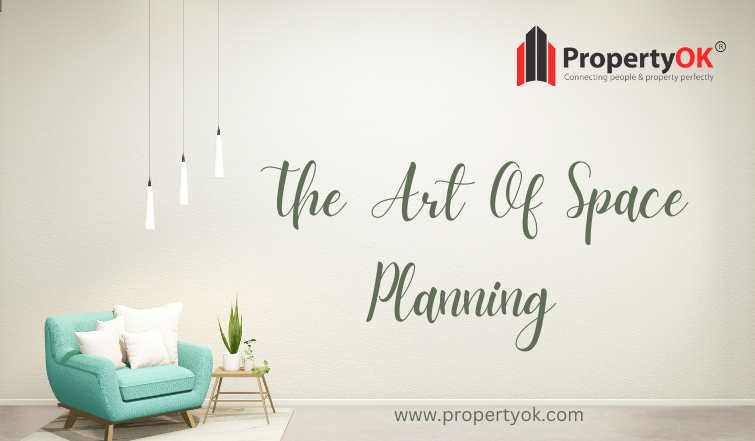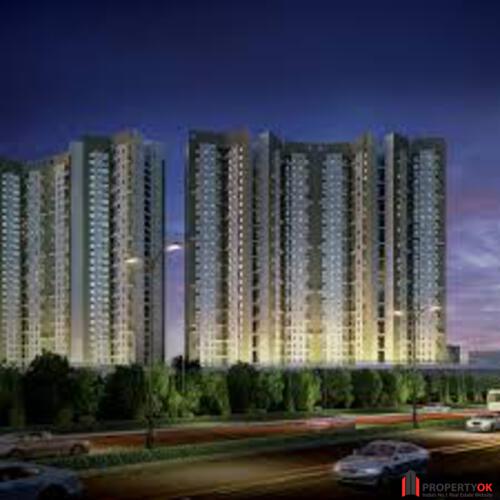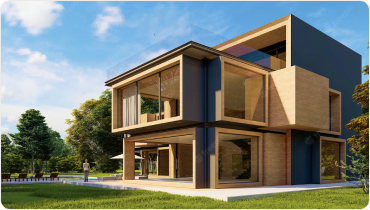Have you recently purchased a house you’d like to make the most of but need help knowing where to start? Planning your home’s space is an art form that can maximize its potential In this article; we’ll explore what space planning is, how it can help make your home more efficient and aesthetically pleasing, and how it differs from traditional interior design. Read on to find out more!
Introduction to Space Planning
As the first step in creating a functional and stylish home, space planning is a critical design element that should be considered. By mapping out your rooms and how you want to use them, you can avoid costly mistakes and make the most of your home’s potential.
Still, trying to figure out where to start? This guide will introduce you to space planning basics, including measuring your rooms, determining furniture placement, and creating a floor plan. With these tools in hand, you’ll be ready to tackle any space planning challenge that comes your way.
What is Space Planning?
Space planning creates a functional and aesthetically pleasing layout for a home or office. A well-planned space will use every square inch while feeling open and airy. The key to successful space planning is understanding how people move through space and what they need to be comfortable.
When planning your space, keep these things in mind:
–The flow of traffic: Make sure there is a clear path from one room to another. There should be no bottlenecks that would cause people to bump into each other.
–Furniture placement: Furniture should be placed in a way that allows people to move around easily. It should also be placed in a way that makes sense for the room’s function. For example, couches should be placed against walls so people can sit and chat comfortably.
–Storage: Every home needs storage, but it should be something other than an eyesore. Incorporate storage into the design of your space so that it looks like it belongs there.
–Lighting: Lighting can make or break a space. Make sure there is enough light for people to see what they’re doing, but not so much as it feels like an interrogation room. Natural light is always best. It would be best to choose artificial fixtures that complement your home’s style.
Benefits of Space Planning
Regarding space planning, many benefits can be reaped regarding function and aesthetics. By planning out the layout of your home properly, you can ensure that every square inch is utilized to its full potential. Not only will this make your home more efficient, but it can also help to create a more visually appealing space.
Discover your dream home today with our expert real estate agents. Visit our website or call us to schedule a consultation and start your property search now!”
Some of the key benefits of space planning include the following:
Improved Functionality: When your home is laid out efficiently, it will be much easier to move around and get things done daily. You will only spend time searching for items or dealing with cluttered spaces. Instead, everything will have its place and be within easy reach.
Increased Storage: Proper space planning can help increase your home’s storage options. You can add extra storage without sacrificing any valuable living space by utilizing nooks and crannies that would otherwise go unused. That is ideal for small homes or apartments where every square foot counts.
Enhanced Aesthetics: Besides being more functional, a well-planned home will look better than one haphazardly put together. Every element will flow seamlessly together, creating a pleasing overall effect. That is especially important if you plan on selling your home in the future, as first impressions are very important in real estate.
Steps to Design a Functional Layout
There are a few key things to keep in mind when designing a functional layout for your home:
- Consider how the space will be used and who will use it. That will help you determine the flow of the room and what furniture and fixtures you’ll need.
- Take measurements of the space and create a floor plan. That will give you a better idea of how to utilize the space and where to place furniture and fixtures.
- Consider your budget and make sure to stick to it.
With these steps in mind, you’ll be well on your way to creating a functional and stylish layout for your home.
How to Utilize Your Available Space
Assuming you understand the furniture you need and its dimensions, the first step is to measure your room. Get a tape measure and make a note of the length and width of the room. Once you have these measurements, you can start to plan how to utilize your available space.
Using a floor plan or sketch is one way to accomplish this. That will help you to visualize where each piece of furniture will go and how much space it will take up. You can also use graph paper to help with this process. Draw your room on paper, then cut out pieces representing your furniture. Move these around until you find a layout you like, and use the available space well.
Another thing to keep in mind is traffic flow. You want to move easily around the room, so keep furniture in such a way that it creates bottlenecks or blockades. Consider how people move through the space when deciding where to put things.
Finally, think about how you can use storage to maximize your space. For example, if items you don’t need daily, consider storing them out of the way in baskets, bins, or even under furniture. Getting creative with storage can help you free up valuable floor space.
Also Read HOW TO USE INTERIOR DESIGN PRINCIPLES TO TRANSFORM YOUR HOME
Tips and Tricks for Reorganizing Your Home
1. Start by assessing what you have and what you need. Then, list items you want to keep, donate or discard.
2. Work with what you have. Before buying new furniture or storage solutions, see if you can work with what you already have. For example, can you use a bookshelf as a dresser?
3. Get creative with storage solutions. There are many inexpensive and creative ways to store your belongings. For example, use hanging baskets for bathroom toiletries or create a makeshift mudroom with hooks and bins near the entryway.
4. Utilize vertical space. When reorganizing your home, remember to utilize vertical space. That can be done by hanging shelves or installing racks and hooks.
5. Group items together. When putting things away, group like items together so they’re easy to find later. For example, store all of your cleaning supplies in one place or keep all of your food in the kitchen pantry
Design Principles for Making the Most of Small Spaces
There are a few key principles for space planning to make the most of small spaces. First, it’s important to use every inch of space wisely. That means utilizing vertical space and horizontal space. For example, shelves can be installed on walls to take advantage of height, while furniture can be placed underneath windows.
Another important principle is to keep things organized. That doesn’t mean everything has to be perfect in its place all the time, but having a place for everything and keeping clutter to a minimum will help a small space feel more spacious. Similarly, using multipurpose furniture and storage solutions can also help save space. For instance, a coffee table with built-in storage or a daybed that doubles as a sofa during the day is a great way to make the most of a small footprint.
Finally, remember that light and airy always win when it comes to small spaces. Keeping things light in color and weight will help a room feel more open and inviting. And adding some greenery, whether a few potted plants or hanging herbs, can also help inject life into a small space.
Conclusion
Space planning is an art that requires a lot of skill and practice to master. However, with the right knowledge and tips, you can create the perfect layout for your home to maximize its potential. Therefore, it is important to work with a real estate agent who understands your needs and can assist you in finding the perfect property that fits your lifestyle. PropertyOK is the best real estate agent in Mumbai, known for its expertise and dedication to helping clients find their dream homes. Trust PropertyOK for all your real estate needs and experience the difference in finding your perfect property.
FAQs
1. What is space management planning?
Space management planning is the process of effectively utilizing and organizing the available space within a building or facility to meet the current and future needs of the organization. The process involves analyzing, organizing, and optimizing space to improve efficiency, functionality, and cost-effectiveness and considering future growth and adaptability.
2. How do I know if a room is too small to fit furniture?
A room’s dimensions can be compared with the furniture you want to place to determine if it is too small. For example, consider the door size and the hallway width to check if the furniture will fit through them. Also, leave enough space for movement and circulation around the room.
3. How do you determine the best placement for furniture in a room?
The best placement for furniture in a room can be determined by considering the room’s purpose, the focal point, and traffic flow. The furniture should be placed to create balance and symmetry while providing enough space for movement and circulation. Also, the furniture should be positioned to take advantage of natural light and to create a comfortable and inviting atmosphere.






 Thank You
Thank You